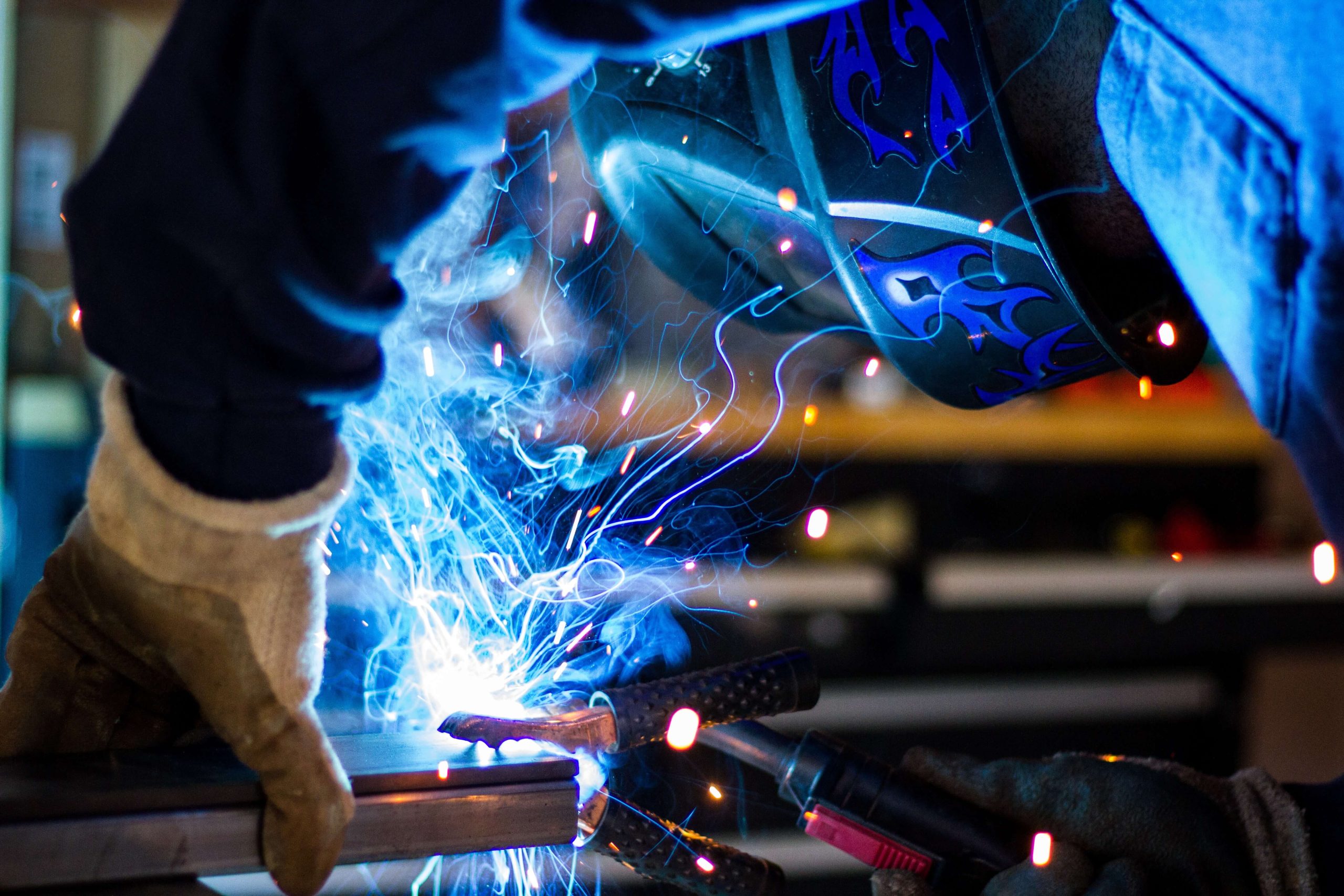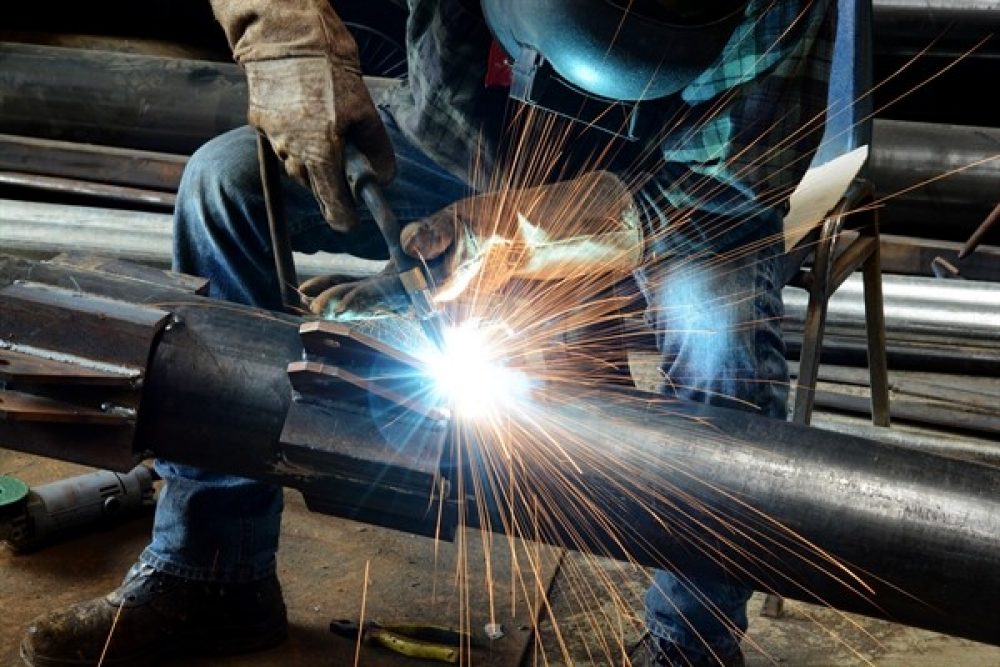The impact of overheating compromises welds and Montana Mobile Welding and Repair Welding’s approach to fix it
Typical Welding Repair Work Issues and Exactly How to Address Them Effectively
Welding fixings typically experience an array of problems that can endanger the integrity of the final item. Typical problems include inadequate penetration, porosity, and misalignment, to name a few. Each issue provides one-of-a-kind difficulties that require particular techniques for resolution. Recognizing these concerns is vital for welders aiming to enhance their outcomes and skills. This discussion will explore these usual welding fixing concerns and reliable methods to resolve them.
Inadequate Penetration
Inadequate infiltration occurs when the weld metal stops working to fully fuse with the base material, resulting in weak joints and prospective structural failings. This issue commonly stems from not enough warm input, inaccurate electrode angle, or inappropriate welding speed. Welders might run into insufficient penetration due to a mistake of the needed parameters for a details material density or type. In addition, contamination on the base material's surface area can prevent efficient bonding, exacerbating the issue. To address poor infiltration, welders must assure appropriate settings on their equipment and keep a tidy work surface. Regular inspection of welds is advised to identify any type of deficiencies early, permitting prompt corrections and the avoidance of compromised structural integrity in welded settings up.
Porosity
Porosity is an usual flaw in bonded joints that shows up as little gas bubbles trapped within the weld metal. This issue can jeopardize the integrity of the weld, bring about lowered stamina and prospective failing under stress. Belgrade. Porosity usually develops from contamination, moisture, or improper welding techniques, which enable gases to leave right into the molten weld swimming pool. To deal with porosity, welders need to assure correct surface preparation, maintain a clean workplace, and utilize suitable welding parameters. In addition, selecting the appropriate filler product and securing gas can alleviate gas entrapment. Regular inspection and screening of welds can help determine porosity early, ensuring prompt rehabilitative activities are taken, thereby preserving the top quality and reliability of the bonded framework
Imbalance
Misalignment in welding can develop from different variables, including improper arrangement and thermal development. Comprehending the source is necessary for efficient resolution. Several correction techniques are offered to realign elements and assure architectural honesty.
Root causes of Misalignment
Welding misalignment frequently stems from a variety of underlying problems that can endanger structural stability. One main cause is inappropriate fit-up of parts prior to welding, which can lead to gaps and uneven surfaces. Variations in thermal expansion throughout the welding procedure can additionally result in distortion, particularly if the products being joined have various coefficients of growth. Furthermore, insufficient clamping and fixturing may stop working to hold parts firmly in area, leading to movement throughout welding. Inadequately maintained devices, consisting of welding equipments and devices, may introduce disparities in the weld grain, further contributing to imbalance. Driver error, stemming from inadequate training or experience, can additionally play a considerable role in developing misaligned welds.

Improvement Techniques Offered
Addressing misalignment effectively needs a mix of restorative techniques tailored to the particular issues at hand. One usual technique is the usage of jigs or components to hold elements in the correct setting during welding, guaranteeing regular placement. In addition, preheating the materials can assist lower distortion and improve fit-up. For considerable misalignment, mechanical realignment strategies, such as utilizing hydraulic jacks or clamps, can be employed to deal with the position prior to welding. Post-weld warm treatment may additionally be needed to relieve stress and anxieties triggered by imbalance. Cautious evaluation and modification during the configuration stage can prevent misalignment concerns from ending up being substantial issues, advertising a smoother welding procedure and enhancing general structural honesty.
Distortion
Distortion is a typical challenge in welding that can occur from different elements, including uneven heating & cooling. Recognizing the reasons for distortion is necessary for carrying out effective avoidance strategies. Addressing this problem not only boosts architectural stability yet likewise improves the general quality of the weld.
Reasons for Distortion
When subjected to the extreme heat of welding, products typically go through changes that can lead to distortion. This sensation mostly develops from thermal development and contraction throughout the welding process. As the weld area heats up, the product expands; upon air conditioning, it acquires, which can produce interior tensions. Furthermore, uneven home heating throughout a workpiece can exacerbate these stresses, resulting in warping or bending. The kind of material likewise plays a significant role; steels with differing thermal conductivity and coefficients of growth may respond differently, bring about uncertain distortions. Moreover, inadequate joint layout and inadequate fixturing can add to misalignment throughout welding, boosting the possibility of distortion. Recognizing these reasons is vital for efficient welding repair and avoidance techniques.
Prevention Techniques
Reliable prevention methods for distortion during welding emphasis on managing warm input and guaranteeing correct joint layout. Preserving a consistent heat input helps to lessen thermal development and tightening, which can lead to distortion. Utilizing methods such as pre-heating the workpiece can additionally decrease the temperature gradient, advertising uniform heating. In addition, choosing ideal joint layouts, such as T-joints or lap joints, can boost security and reduce anxiety concentrations. Applying appropriate fixturing to secure the workpieces in position additionally help in keeping placement throughout the welding procedure. Staggered welding series can disperse heat more uniformly, preventing localized distortion. By using these techniques, welders can significantly reduce the likelihood of distortion and boost the overall high quality of their welds.
Splitting
Splitting is a common issue run into in welding fixings, usually arising from numerous factors such as inappropriate cooling rates, product choice, or insufficient joint prep work. The incident of splits can considerably compromise the stability of the weld, causing potential failings throughout procedure. To address this problem, welders must initially evaluate the source, guaranteeing that materials work and properly picked for the specific application. Furthermore, controlling the air conditioning price throughout the welding process is vital; quick air conditioning can induce tension and result in splitting. Correct joint style and prep work also add to lessening the risk. Carrying out these methods can enhance weld quality and longevity, eventually lowering the possibility of breaking in ended up weldments.

Incomplete Fusion
A significant concern in welding repair services is incomplete combination, which occurs when the weld metal does not adequately bond with the base product or previous weld passes - Montana Mobile Welding and Repair Fabrication. This defect can result in weaknesses in the joint, potentially jeopardizing the honesty of the bonded structure. Variables contributing to incomplete blend include not enough heat input, improper welding technique, and contamination of the surfaces being joined. To address this issue properly, welders must guarantee appropriate pre-weld cleansing and surface area preparation, along with adjust their welding specifications to accomplish sufficient infiltration and fusion. Regular assessment throughout the welding process can additionally help determine insufficient combination early, enabling prompt corrective procedures to boost the general top quality of the weld
Overheating
While welding repairs can improve structural stability, overheating presents a significant difficulty that can result in product deterioration. Too much heat throughout welding can alter the mechanical residential or commercial properties of metals, leading to lowered stamina, boosted brittleness, and warping. This phenomenon is especially vital in high-stress applications where structural dependability is paramount. Determining getting too hot can involve aesthetic inspections for staining or distortion, in addition to checking temperature level throughout the welding process. To mitigate the dangers connected with overheating, welders need to employ suitable techniques, such as regulating warmth input, changing traveling rate, get more info and making use of ideal filler products. Additionally, implementing pre- and post-weld warmth treatments can aid bring back material residential properties and improve the overall quality of the repair service, making certain lasting efficiency and safety and security.
Often Asked Concerns
What Are the Usual Indications of a Welding Issue?

Exactly How Can I Test My Welds for Quality?
To check welds for high quality, one can use visual evaluations, ultrasonic testing, and radiographic approaches. Each method guarantees architectural integrity, determines flaws, and validates adherence to defined criteria, inevitably enhancing the reliability of the bonded joints.
What Safety Preventative Measures Should I Take While Welding?
When welding, one should focus on safety and security by using appropriate individual safety equipment, making certain proper air flow, protecting flammable materials away, maintaining a tidy work area, and recognizing environments to avoid mishaps and injuries.
Can I Fix a Weld Without Redesigning the Entire Joint?
Fixing a weld without redesigning the entire joint is feasible, relying on the damage (Belgrade Welding). Methods such as grinding, adding filler material, or utilizing a welding process can properly resolve particular imperfections while preserving the bordering structure
What Devices Are Crucial for Effective Welding Repair Works?
Crucial devices for effective welding repair services include a welding equipment, cable brush, grinder, safety equipment, clamps, and filler materials. Each tool plays a vital function in ensuring top quality and safety and security during the repair work process. Porosity usually arises from contamination, wetness, or incorrect welding techniques, which enable gases to escape right into the liquified weld swimming pool. Badly kept devices, including welding equipments and devices, may present variances in the weld bead, more contributing to misalignment. When subjected to the intense warmth of welding, products commonly undergo changes that can lead to distortion. Fracturing is an usual concern encountered in welding repairs, usually resulting from various aspects such as incorrect air conditioning rates, material selection, or insufficient joint preparation. A substantial problem in welding repair services is insufficient combination, which happens when the weld steel does not adequately bond with the base material or previous weld passes.